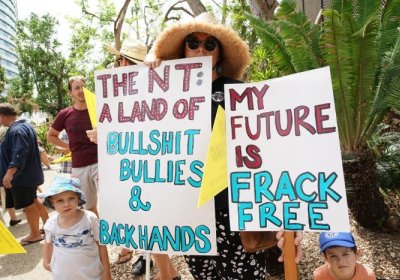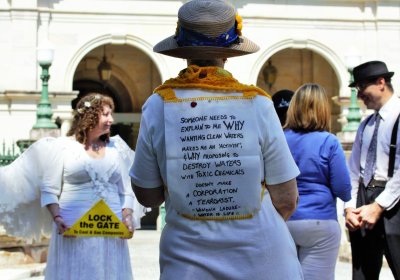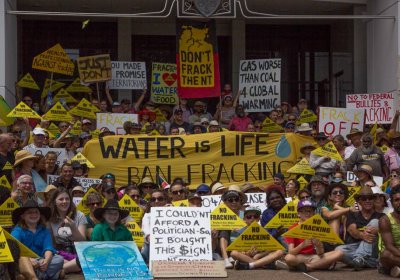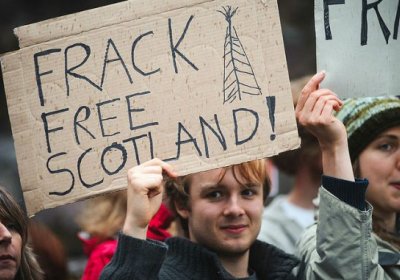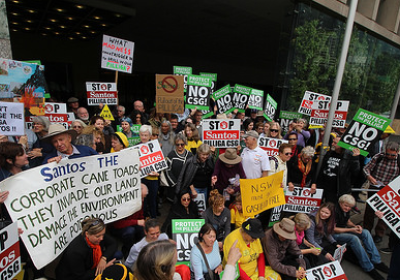Hundreds of people gathered outside the Northern Territory parliament in Darwin on April 18 to protest the Labor government’s decision, announced the day before, to lift the ban on fracking. Another protest is planned for April 22.
Chief Minister Michael Gunner announced the onshore ban on fracking would be lifted following the tabling of an independent report which concluded that the risks associated with the hydraulic fracturing of gas could be “managed” and “regulated”.
